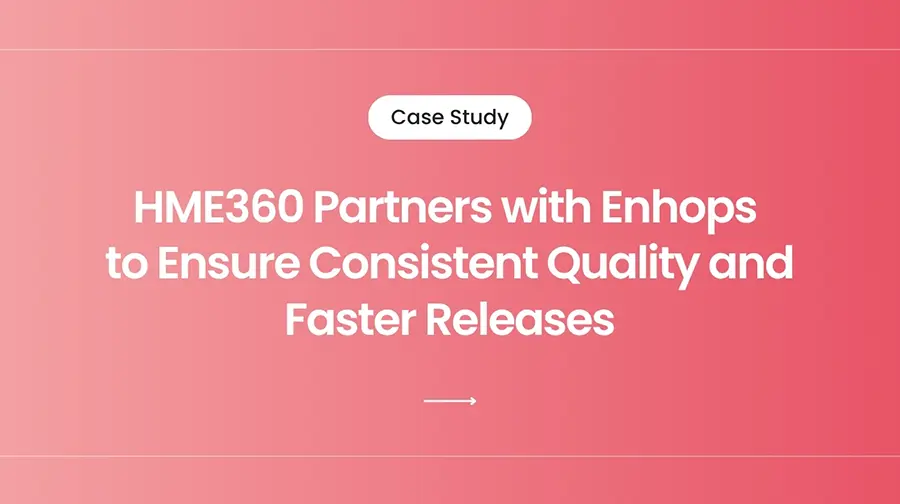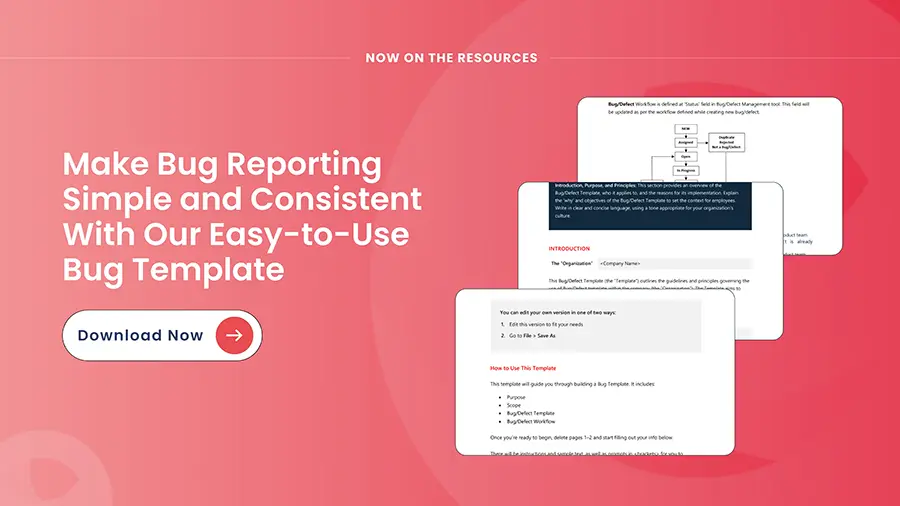The usage of software services is increasingly getting complex for manufacturing organizations. From legacy modernization to new app development, it is tough for IT leaders to keep pace with testing the manufacturing software continuously without experiencing any revenue-impacting downtime. While continuous testing is a more familiar term for software and product companies, manufacturing software development teams are continuously trying to adopt it.
There are multiple examples of manufacturing firms adopting the continuous testing for their systems to improve software quality and productivity.
Rockwell launched Digital Twin initiative for virtual factory modeling where their teams are using automated testing (automated unit and integrated) to test complex production scenarios and develop intelligent plant automation systems. This helps in predicting downtimes, failures, testing integrated software systems, and develop robust recovery mechanisms.
Siemens use a self-developed Test Digitalization Framework to test their industrial IoT platform. They implement shift left practices and claims to save considerable downtime hours and maintenance costs because of improved software quality and reliability.
This automation technology company serving pharmaceutical manufacturers attributes accelerated time-to-market for their order fulfillment systems to DevOps pipelines with automated UI, API and unit testing. Fault exposure rates improved by over 40%.
These are just few examples of how manufacturing organizations are catapulting their software deliveries and applications using Continuous Testing. In this article we will explore some of the strategies and ways to implement continuous testing for manufacturing software.
Why Continuous Testing in Manufacturing Software Matters
Just like any other software development and testing firms, manufacturing firms can also implement continuous testing throughout the development lifecycle. Continuous testing practices validate new and old code at every step and produces high-quality manufacturing applications with highest uptime.
Exclusive Best Practices for Manufacturing Software
In manufacturing domain, a lot of testing involves physical equipment and machineries and hence adhering or following certain best practices can help in better production planning, simplified inventory management and operations.
- Build realistic modelling test environments – Manufacturing set-ups have adopted phygital environments quickly and this made them extremely complex with specialized machines, devices, sensors, equipment, and more. And all these are controlled by software like PLCs, HMIs, SCADA systems, and more. To interact with hardware and machinery, this software must perform flawlessly under the real-time conditions and data. Hence, it is ideal to set-up realistic testing labs involving hardware and software to ensure software is testing under all near, real-time conditions.
- Standardize on test management platforms – Choosing scalable test management platforms like Ranorex, Tricentis Tosca, Parasoft, or Katalon Studio help in managing various testing needs and execute continuous testing across the entire development toolchain. Varying test management platforms come with different capabilities around handling manufacturing software.
For instance, Ranorex comes with extensive features around GUI testing of human-machine interfaces making it absolute winner for industrial controls software. Whereas advanced test management platforms like TOSCA let testing engineers diagnose and debug root cases of failed test environment instance accelerating time to issue resolution.
- Prioritize API Testing – As we discussed earlier too manufacturing floors are getting complex with IIoT devices, sensors, and robotic devices assisting human workforce, manufacturing software are moving towards the services-oriented architecture. As more and more manufacturing facilities are using a combination of legacy and modern software, it’s necessary to test the interoperability. This makes API testing extremely crucial. The APIs from edge gateways and controllers that handle device data must be tested for security, performance and reliability. Manufacturing operations are highly dependent on continuous real-time data flows from sensors and line systems. Any API latency impacts production decisions.
- Adopt Compliance as Code – Adopting automated compliance practices help in shifting compliance automation to left and hence enable better safety standards, compliance mandates that can be checked against the test environment and deliverables. Having compliance automation also enable trail of compliance checks for audits and other compliance processes. This reduces manual overheads and leaves less gaps for human errors.
- Test Edge Use Cases – Testing edge use cases enable development teams to test unusual and rare scenarios in manufacturing set-ups. By modelling and testing these edge scenarios, manufacturing software and systems become more robust and resilient. Testing edge use cases require lot of human creativity and domain expertise to understand and able to create these edge uses cases where some unexpected failures might occur, but operations keep running reliably and smoothly.
- Create and test digital twins – Any manufacturing organization must create digital twins using simulation software. This virtual factory mimics all operations and behaviours of actual manufacturing plants. Any engineering updates must reflect in virtual models and also helps in testing the code changes in the virtual models and see if all code changes are working fine in the virtual model and then apply the same on plant floors.
Benefits: Why Manufacturers Should Move to Continuous Testing Now
Failure and downtimes are not an option for manufacturing floors. As customer demands keep getting complex and keep increasing, plants need to invest in continuous testing practices to deliver resilient performance under variable real-time conditions and robust test automation across the development pipeline. Along with automating common unit, integration, and performance tests, identifying edge use cases and ensuring end-to-end testing ensures safety and reliability. Manufacturers should also prioritize API testing to validate integration between legacy systems and new IoT devices. Compliance checks should be automated as much as possible to reduce audit risks.
Just like for other industries, continuous testing ensures smooth road to deployment for manufacturing organizations. With advanced and continuous testing practices, manufacturing software stands ready for the factory floor.
At Enhops, we work global manufacturing giants to establish testing center of excellence and helped them in streamlining their test automation practices ensuring smooth plant and floor operations, cost savings, and preventing any downtime. Our experts have created an extensive test automation guide for manufacturing plants to understand how they can get started. To learn more about how Enhops can help you to achieve continuous testing excellence, write us at marketing@enhops.com. With the right strategies and expert guidance, your manufacturing software can deliver the resilience and uptime your operations demand.




